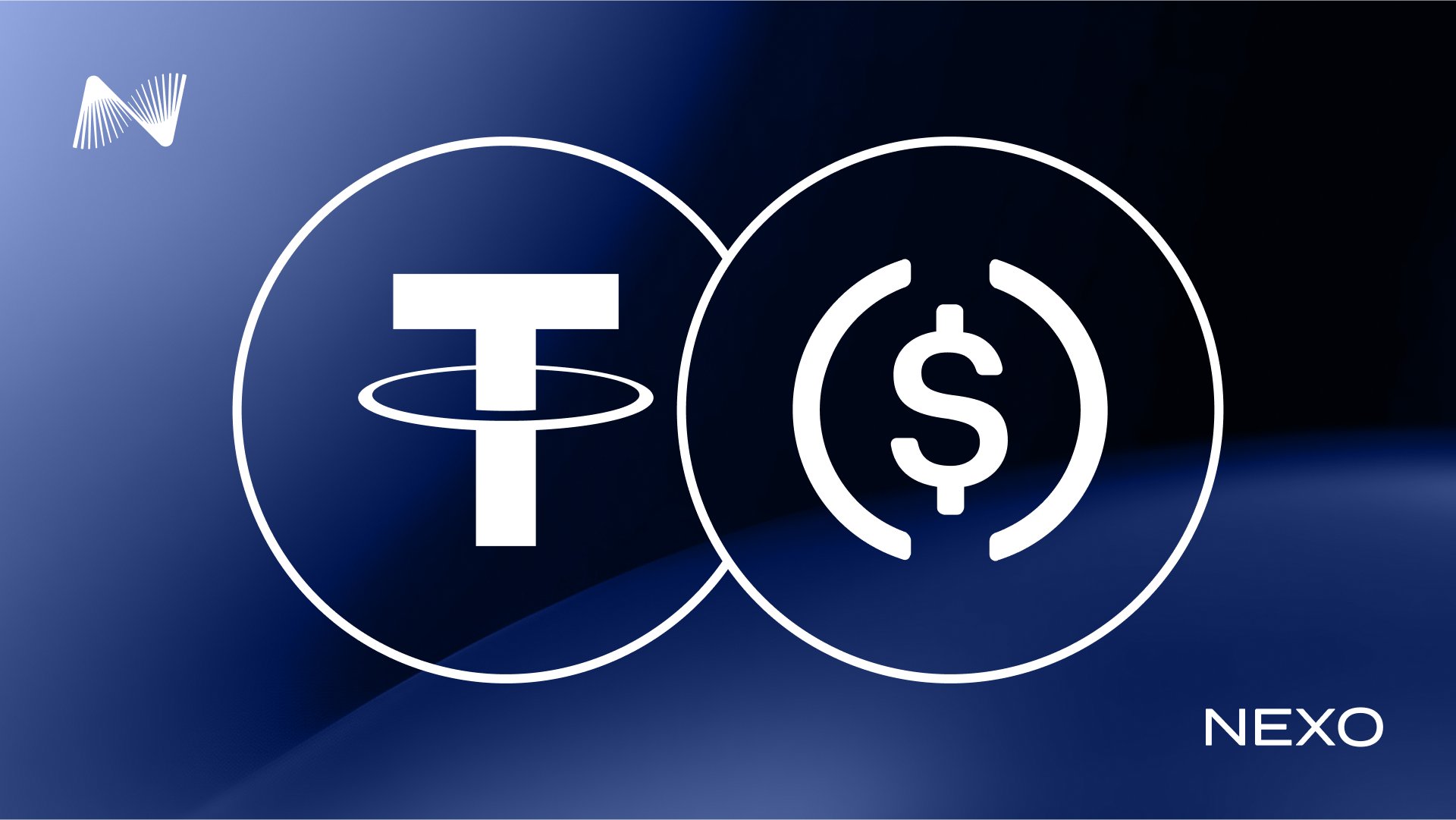Stablecoins explained: Why they’re more than just digital dollars
Sep 18, 2025•4 min read

Stablecoins are digital assets pegged to traditional currencies like the US dollar. They combine the speed of crypto with the stability of cash, making them one of the most practical ways to move, store, and earn on digital assets in 2025.
What are stablecoins?
A stablecoin is a type of cryptocurrency designed to mirror the value of a fiat currency such as the dollar or euro. Unlike Bitcoin or Ethereum, which can swing in price, stablecoins like USDT or USDC are designed to stay close to $1.
This makes them very different from most cryptocurrencies. While coins like Bitcoin can be speculative and volatile, stablecoins are meant to act more like digital cash: steady in value but faster and easier to move.
What are stablecoins used for?
Stablecoins solve everyday problems with money and are becoming more useful every year. Here’s how people use them:
- International transfers: Send money abroad in seconds, instead of waiting days for a bank wire.
- Lower costs: Transaction fees are often a fraction of those in traditional payment networks.
- Earning potential: Stablecoins can be put to work on crypto platforms to generate yield.
- Everyday access to finance: In countries with weak banking systems, stablecoins are often easier to access and more reliable than local currency.
- Payments and commerce: Merchants are beginning to accept stablecoins because they offer fast settlement and low fees.
Bottom line: Stablecoins are used for payments, savings, yield, and global transfers — all with less friction than traditional money.
What are the main types of stablecoins?
The word stable makes it sound like these coins are always worth exactly $1, but different types use different mechanisms to hold their value.
- Fiat-backed stablecoins: For every $1 coin issued, the issuer holds 1 US dollar in reserve. Examples: USDT, USDC. Stability comes from real-world dollars.
- Crypto-collateralized stablecoins: These are backed by other cryptocurrencies. For example, you might add $150 worth of Ether (ETH) into a smart contract to receive $100 worth of a stablecoin like DAI. The extra cushion (called overcollateralization) ensures the stablecoin stays close to $1, even if the value of Ether falls.
- Algorithmic stablecoins (rare and risky): Instead of reserves, they rely on code that expands or contracts supply. Some experiments here have failed (like TerraUSD in 2022), which is why most people today prefer fiat-backed or crypto-collateralized models.
So, what are stablecoins backed by? Fiat money, crypto collateral, or — in rare cases — algorithms.
What stablecoins are there?
A few major players dominate the stablecoin market:
- Tether (USDT): The largest stablecoin, backed by reserves.
- USD Coin (USDC): Widely used and regulated in the U.S and the EU.
- USDe (Ethena): A fast-growing stablecoin that uses crypto hedging to maintain its dollar peg, now the third-largest by market cap.
- DAI: A crypto-collateralized stablecoin backed by assets like ETH.
Together, these account for most of the stablecoin market capitalization in 2025.
Potential risks.
Despite their name, stablecoins aren’t completely risk-free.
- Issuer trust: With fiat-backed stablecoins, you need to trust that the issuer really holds the reserves.
- Regulation: Governments worldwide are still shaping the rules, which can affect how stablecoins are used.
- Platform safety: If you store them on an exchange or lending platform, you rely on that platform’s security.
Understanding these risks helps you use stablecoins wisely rather than assuming they’re just “digital cash.”
Explore the world of Nexo.
Platforms like Nexo let you:
- Earn daily interest on stablecoin holdings.
- Borrow against your stablecoins without selling them.
- Swap between stablecoins and other digital assets instantly.
This turns stablecoins into more than just a store of value — they become tools for payments, savings, and credit in the real world.
Frequently asked questions.
Is a stablecoin the same as crypto?
Yes. Stablecoins are cryptocurrencies, but unlike Bitcoin or Ether, they’re designed to track fiat currencies like the dollar.
Are stablecoins safe?
Generally, yes — but safety depends on the issuer and the platform you use. Stick to reputable names and check transparency reports.
Can I buy stablecoins with a bank card?
Yes. Many platforms, including Nexo, let you buy stablecoins directly with your credit or debit card.
Can stablecoins lose their peg?
Sometimes. Fiat-backed coins like USDT and USDC usually recover quickly, while riskier algorithmic stablecoins have failed in the past.
Do stablecoins earn interest like a savings account?
Stablecoins don’t generate interest on their own, but some platforms like Nexo can help you turn them into an income-generating asset.
These materials are accessible globally, and the availability of this information does not constitute access to the services described, which services may not be available in certain jurisdictions. These materials are for general information purposes only and not intended as financial, legal, tax, or investment advice, offer, solicitation, recommendation, or endorsement to use any of the Nexo Services and are not personalized, or in any way tailored to reflect particular investment objectives, financial situation or needs. Digital assets are subject to a high degree of risk, including but not limited to volatile market price dynamics, regulatory changes, and technological advancements. The past performance of digital assets is not a reliable indicator of future results. Digital assets are not money or legal tender, are not backed by the government or by a central bank, and most do not have any underlying assets, revenue stream, or other source of value. Independent judgment based on personal circumstances should be exercised, and consultation with a qualified professional is recommended before making any decision.
